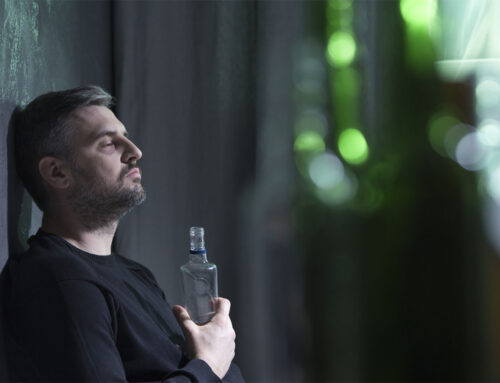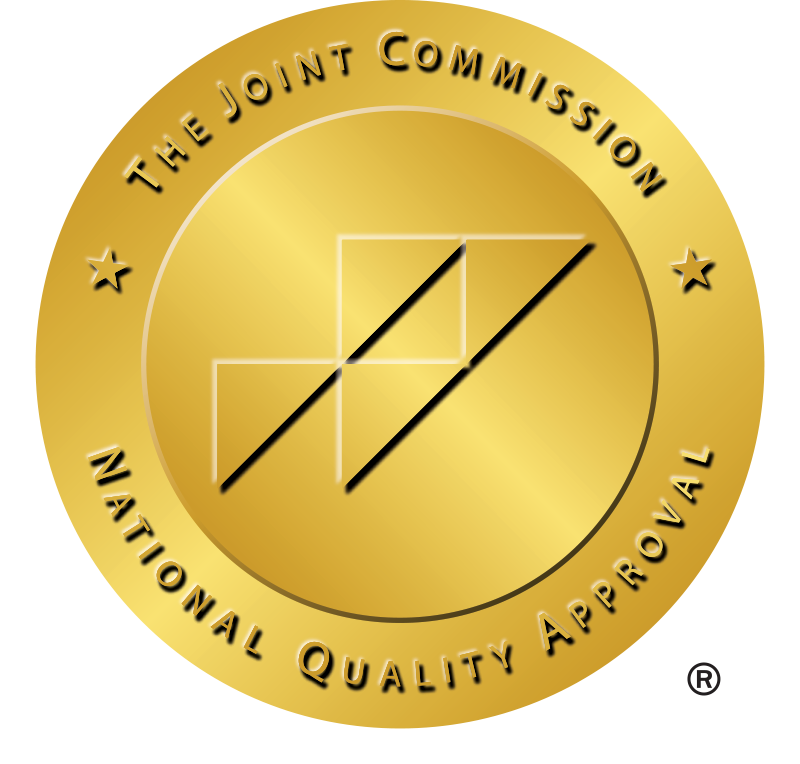Research shows talking positively about drinking or using drugs at age 17 predicted future substance use disorder diagnosis
The research, published in the Journal of Psychopathology and Clinical Science, was a collaboration between Arizona State University and Radboud University Nijmegen in the Netherlands.
“How adolescents talk to each other sets standards, or norms, that can predict future behavior. This study shows that positive conversations about drugs and alcohol — like how fun it is use cannabis or drink, admiration of other kids’ use, or discussing places/homes where you can drink — as a 17-year-old predicts future severe use and being diagnosed with a substance use disorder 10 years later,” said Thao Ha, assistant professor of psychology at ASU.
This work used data from a long-term study testing the effectiveness of the Family Check-Up, which is an evidence-based intervention designed to better the lives of children by supporting and educating caregivers. This data set was based on a wide-ranging assessment of a teenager’s environment and included evaluating a teenager’s relationships with friends.
The research team analyzed 10-minute conversations between 497 pairs of 17-year-old friends. They tracked how the teens talked about alcohol, cannabis or hard drugs, including whether the conversation was positive or negative towards drugs and alcohol and also how long they talked. Then, the team assessed whether those conversations were related to the teens being diagnosed with a substance use disorder in the next 10 years.
Talking about drinking at age 17 predicted having been diagnosed with alcohol use disorder by age 27. The same was true for cannabis: Talking about it at age 17 predicted a future cannabis use disorder diagnosis.
“This study shows how important it is to listen and observe to what adolescents have to say, rather than making them fill out questionnaires. What they talk about is important to them and is predictive of later behaviors,” said Roy Otten, a professor of psychology at Radboud University Nijmegen.
Discussing hard drugs at age 17 was weakly related to future use, and this finding could be because the rate of use of hard drugs is lower than alcohol and cannabis.
A cascade of peer influences
The still-developing adolescent brain is susceptible to addiction — and is especially attuned to social information, like what peers care about. Interactions with peers can steer teens towards thinking that drug or alcohol use is benign while also connecting them with peer groups who endorse drinking or drug use.
“These types of peer interactions can create a cascade effect — they can start a process in motion that then leads to other processes — resulting in behaviors in adolescence that increase the risk of later problem use of alcohol or drugs,” Otten said.
Social media
This study was based on in-person conversations between pairs of friends that were video recorded at a time when social media use was not as prevalent as it is presently. Today, many teenagers interact with each other online through social media. Ha said the understanding of how kids influence each other’s substance use when interacting online is in its infancy, and more research is needed.
“We think the digital social media world could create an even bigger peer influence than conversations with a friend. Social media is very public — with its likes and views — but also private that is available all the time, day and night,” Ha said.
This study was supported by the National Institute on Drug Abuse and the National Institute on Alcoholism and Alcohol Abuse.





